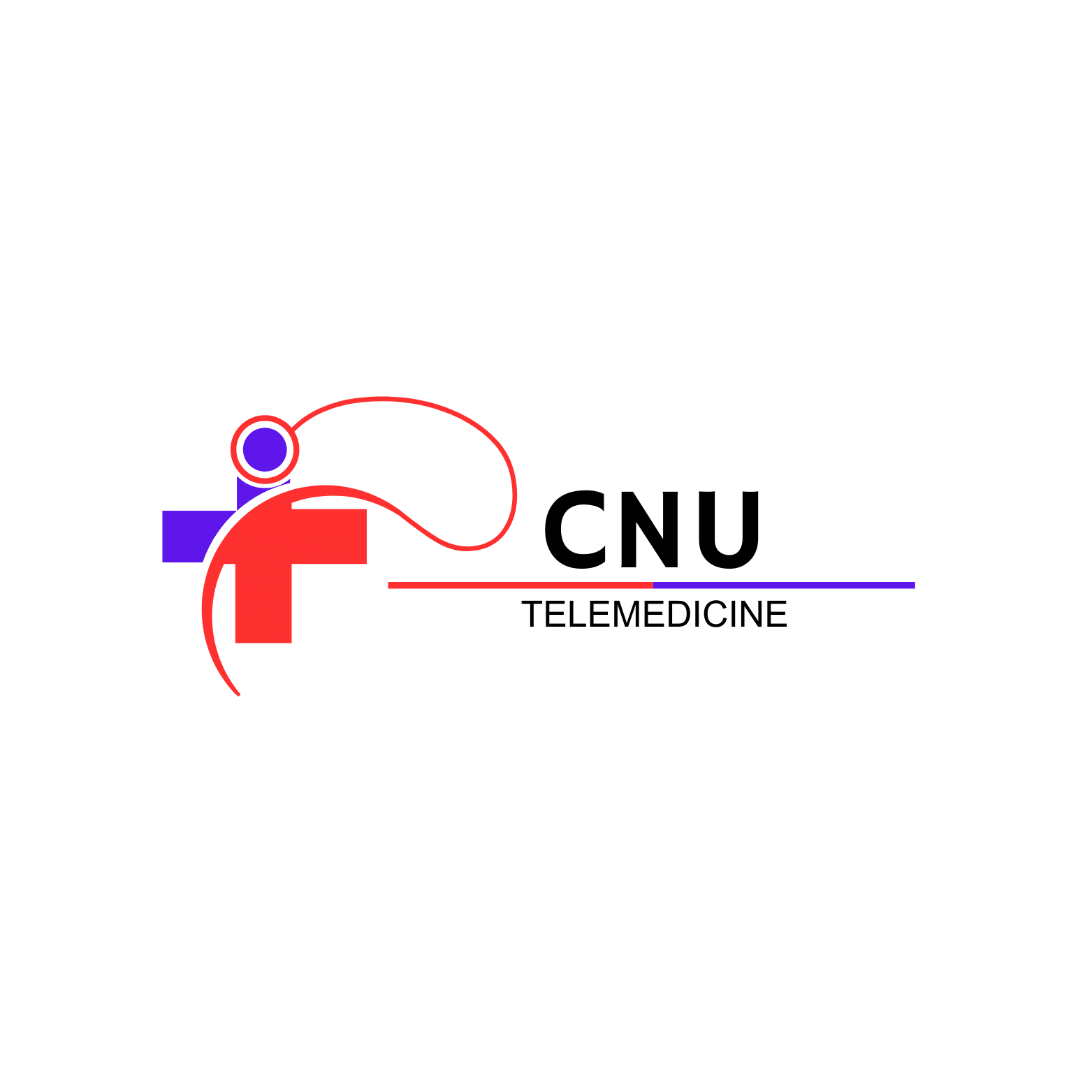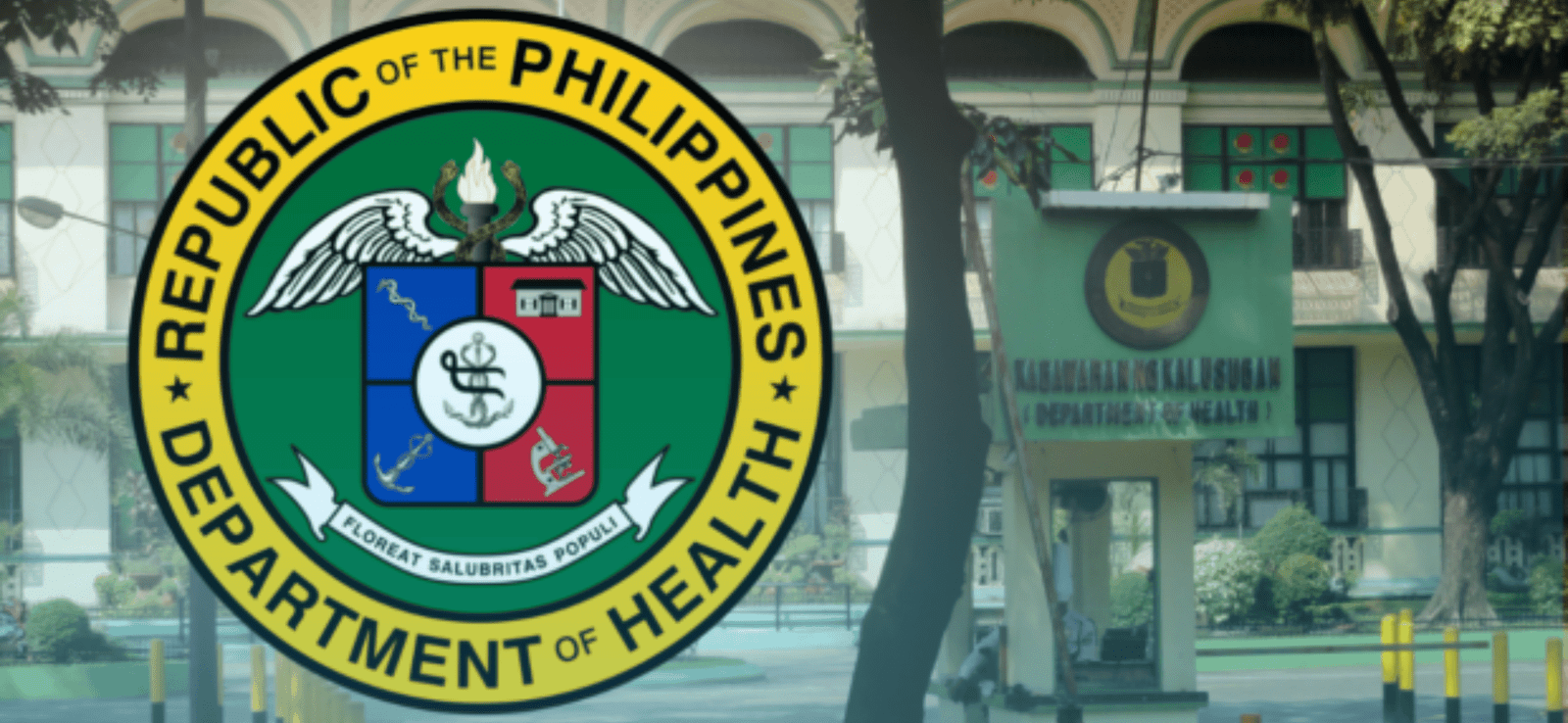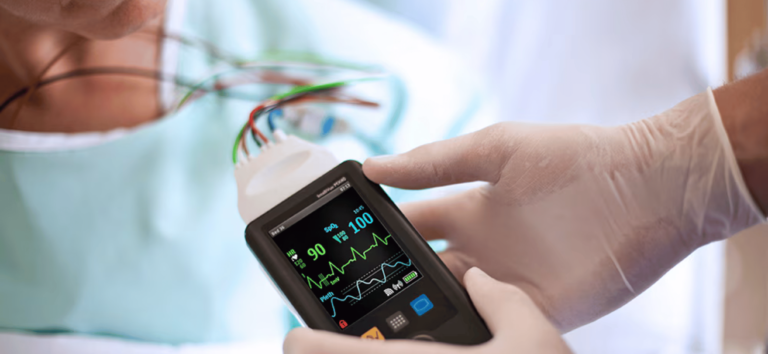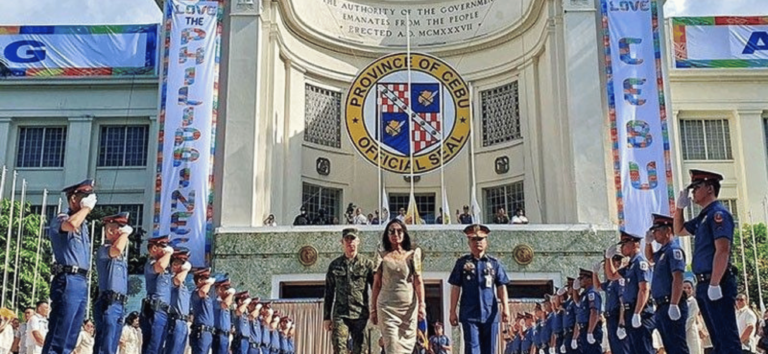The Department of Health’s strategic response to President Ferdinand “Bongbong” Marcos Jr.’s directive aims to revolutionize healthcare accessibility and preparedness in the Philippines. By prioritizing the establishment of telemedicine services, the initiative seeks to bridge the gap between healthcare facilities and remote areas, leveraging technology to decongest hospitals and extend services to underserved communities. This vision is complemented by a commitment to evidence-based decision-making, underscored by investments in scientific data infrastructure and the creation of specialized institutions like the Philippine Center for Disease Control. These efforts are bolstered by plans to enhance local production capabilities for essential medical commodities, ensuring self-sufficiency and resilience in times of crisis.
In tandem with infrastructure improvements, the initiative also prioritizes human resource development, recognizing the crucial role of a skilled healthcare workforce in emergency response. By creating a pool of medical personnel and fostering inter-agency coordination mechanisms, the strategy aims to bolster the country’s capacity to manage diverse healthcare needs across public and private sectors. These governance structures, coupled with a focus on community-level preparedness through the National Risk Reduction and Management Council, position the Philippines to navigate future health crises with agility and resilience, aligning with President Marcos Jr.’s vision to prioritize the well-being of all Filipinos.






